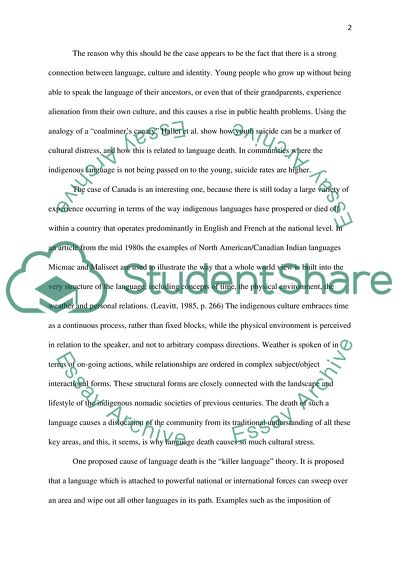Cite this document
(Circumstances and Causes Around the Death of Canadian Aboriginal Term Paper - 1, n.d.)
Circumstances and Causes Around the Death of Canadian Aboriginal Term Paper - 1. https://studentshare.org/humanitarian/1761384-circumstances-and-causes-around-language-death-and-if-its-changed-over-the-years
Circumstances and Causes Around the Death of Canadian Aboriginal Term Paper - 1. https://studentshare.org/humanitarian/1761384-circumstances-and-causes-around-language-death-and-if-its-changed-over-the-years
(Circumstances and Causes Around the Death of Canadian Aboriginal Term Paper - 1)
Circumstances and Causes Around the Death of Canadian Aboriginal Term Paper - 1. https://studentshare.org/humanitarian/1761384-circumstances-and-causes-around-language-death-and-if-its-changed-over-the-years.
Circumstances and Causes Around the Death of Canadian Aboriginal Term Paper - 1. https://studentshare.org/humanitarian/1761384-circumstances-and-causes-around-language-death-and-if-its-changed-over-the-years.
“Circumstances and Causes Around the Death of Canadian Aboriginal Term Paper - 1”. https://studentshare.org/humanitarian/1761384-circumstances-and-causes-around-language-death-and-if-its-changed-over-the-years.


